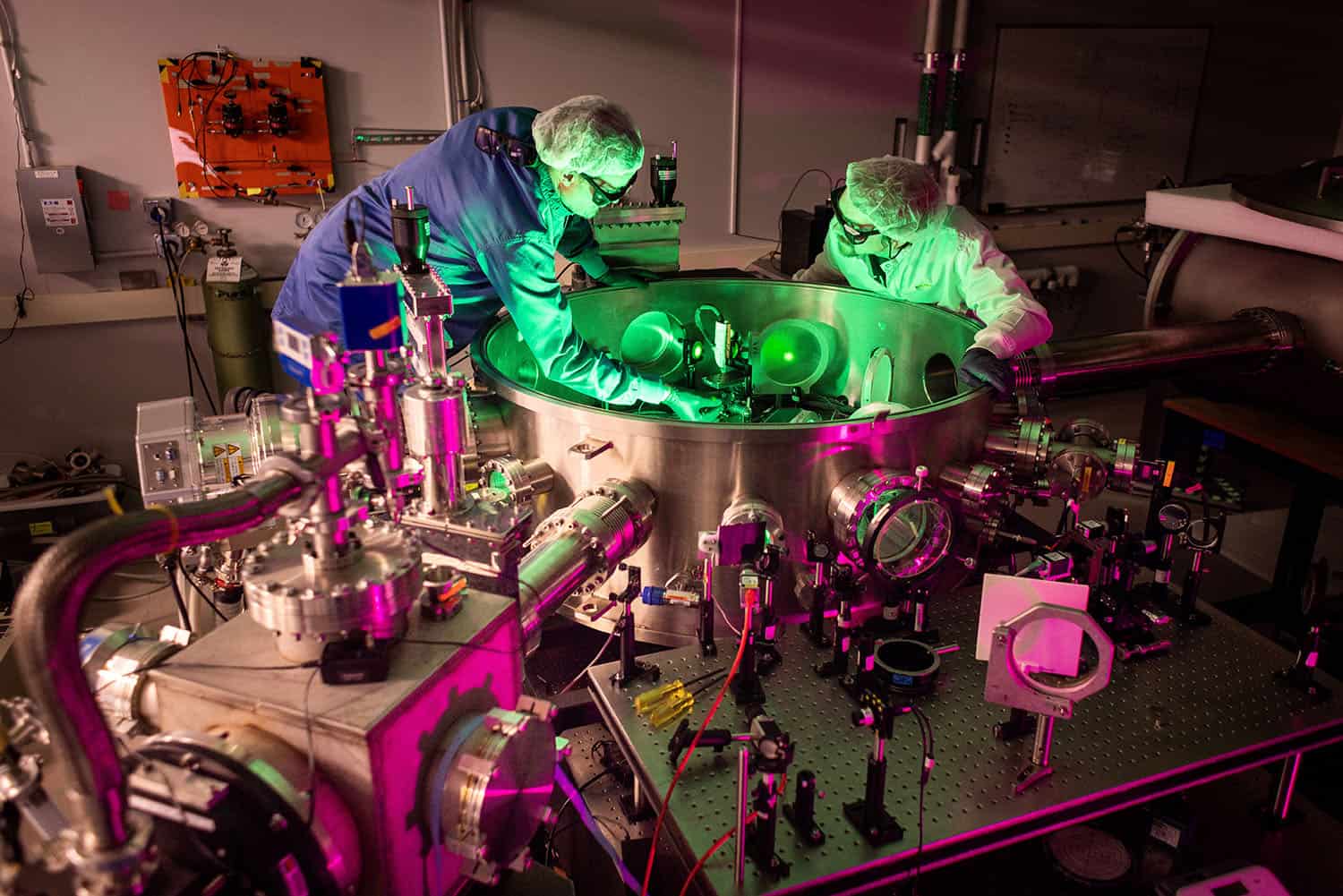
The US has a new most powerful laser
Hitting 2 petawatts, the NSF-funded ZEUS facility at U-M enables research that could improve medicine, national security, materials science and more.

Hitting 2 petawatts, the NSF-funded ZEUS facility at U-M enables research that could improve medicine, national security, materials science and more.
The ZEUS facility at the University of Michigan has officially become the most powerful laser in the United States, delivering a staggering 2 petawatts of peak power—roughly double the power of any other laser in the country. Housed at the Gérard Mourou Center for Ultrafast Optical Science and directed by NERS professor Karl Krushelnick, ZEUS is a user facility funded by the U.S. National Science Foundation that enables pioneering research in medicine, national security, materials science, astrophysics, plasma science, and quantum physics. With this milestone, ZEUS opens the door to experiments that could produce particle accelerator-level energies in a space no larger than a gymnasium.
ZEUS’s first 2-petawatt user experiment, led by researchers from the University of California, Irvine, is already breaking ground with innovations in electron acceleration. U-M faculty and research scientists—including Anatoly Maksimchuk and John Nees—are helping lead these experiments and infrastructure upgrades, with plans to eventually reach 3 petawatts. As ZEUS continues to welcome researchers from across the country and world, its record-setting capabilities are not only advancing fundamental science but also reinforcing U-M’s role as a hub for transformative high-intensity laser research.
Read the full story on Michigan Engineering →